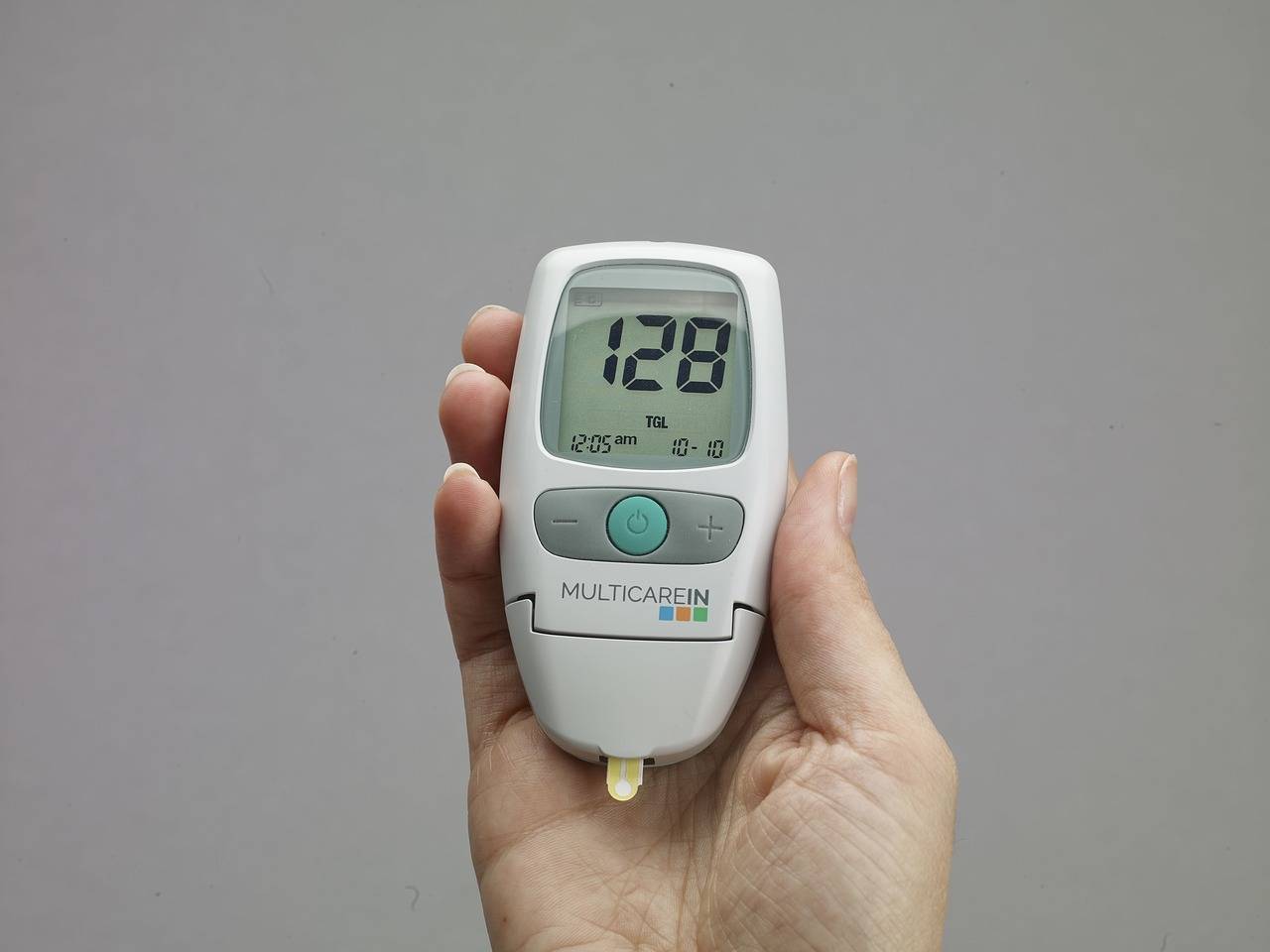Understanding and Managing Diabetes
Diabetes is a chronic condition that impacts how the body metabolizes sugar. One of the most common signs of diabetes is excessive thirst and frequent urination. When blood sugar levels are high, the kidneys work harder to filter and absorb excess glucose, which leads to increased urination and subsequently, dehydration. Additionally, unexplained weight loss can also be a symptom of diabetes. Despite maintaining a regular diet, individuals with diabetes may experience sudden and unintended weight loss due to the body’s inability to properly utilize glucose for energy.
Another key symptom of diabetes is persistent fatigue and lethargy. As cells are unable to receive an adequate supply of glucose for energy conversion, individuals may feel constantly tired and lacking in energy. Furthermore, blurred vision can occur as a result of fluctuating blood sugar levels affecting the eye’s lens’ ability to focus. If left untreated, diabetes can lead to more severe complications, emphasizing the importance of early detection through recognizing these initial signs and symptoms.
Types of Diabetes
Diabetes comes in different forms, with Type 1 and Type 2 being the most common. Type 1 diabetes typically develops in childhood or early adulthood and requires regular insulin injections to manage blood sugar levels. It is an autoimmune condition where the body attacks the insulin-producing cells in the pancreas.
On the other hand, Type 2 diabetes is more prevalent and often linked to lifestyle factors such as poor diet and lack of physical activity. In Type 2 diabetes, the body becomes resistant to the effects of insulin or doesn’t produce enough insulin to maintain normal glucose levels. This type of diabetes can often be managed with healthy lifestyle changes, medication, and sometimes insulin therapy.
Risk Factors for Developing Diabetes
Diabetes can develop due to a variety of risk factors. Obesity is a major contributor to the onset of Type 2 diabetes. Excess body weight, especially around the abdomen, can lead to insulin resistance and an increased risk of developing diabetes. Inactivity and a sedentary lifestyle also raise the chances of developing diabetes as physical activity helps regulate blood sugar levels and contributes to overall health.
Family history plays a significant role in the risk of developing diabetes. If a close family member has diabetes, such as a parent or sibling, the likelihood of developing the condition increases. Genetic predisposition can influence how the body processes glucose and insulin, making some individuals more vulnerable to diabetes. Additionally, age is a factor in diabetes risk, with individuals over 45 being more susceptible to developing Type 2 diabetes.





